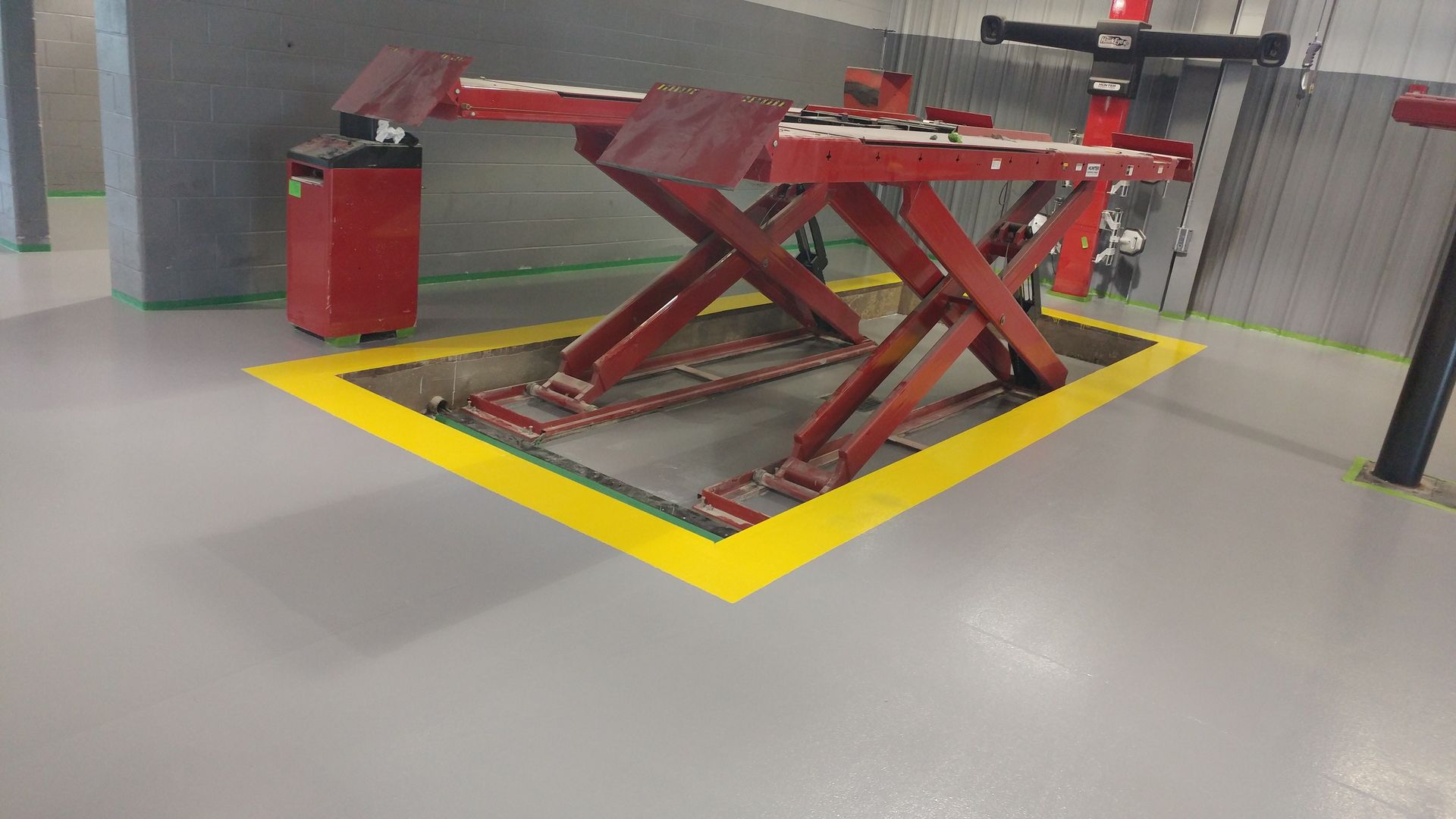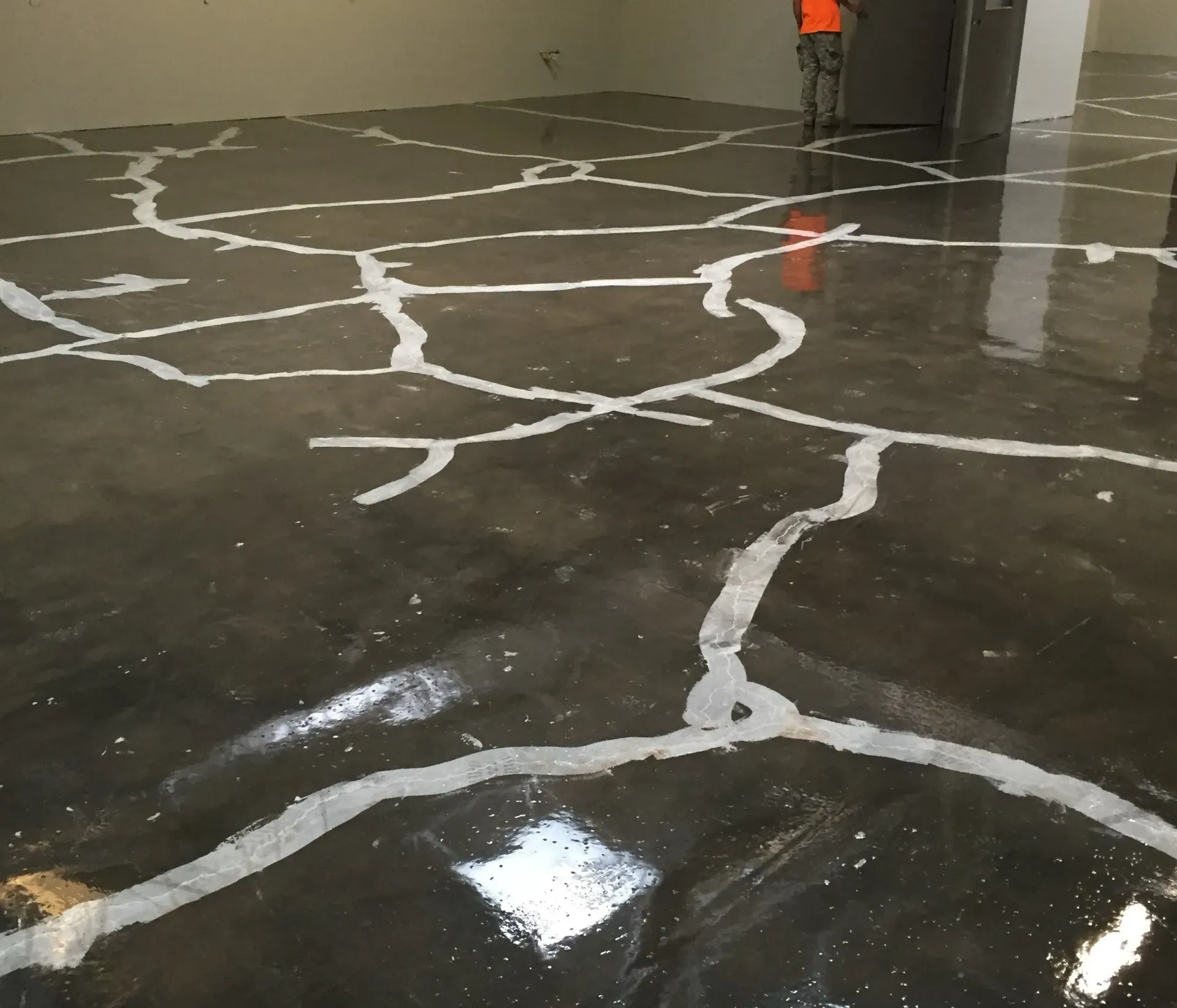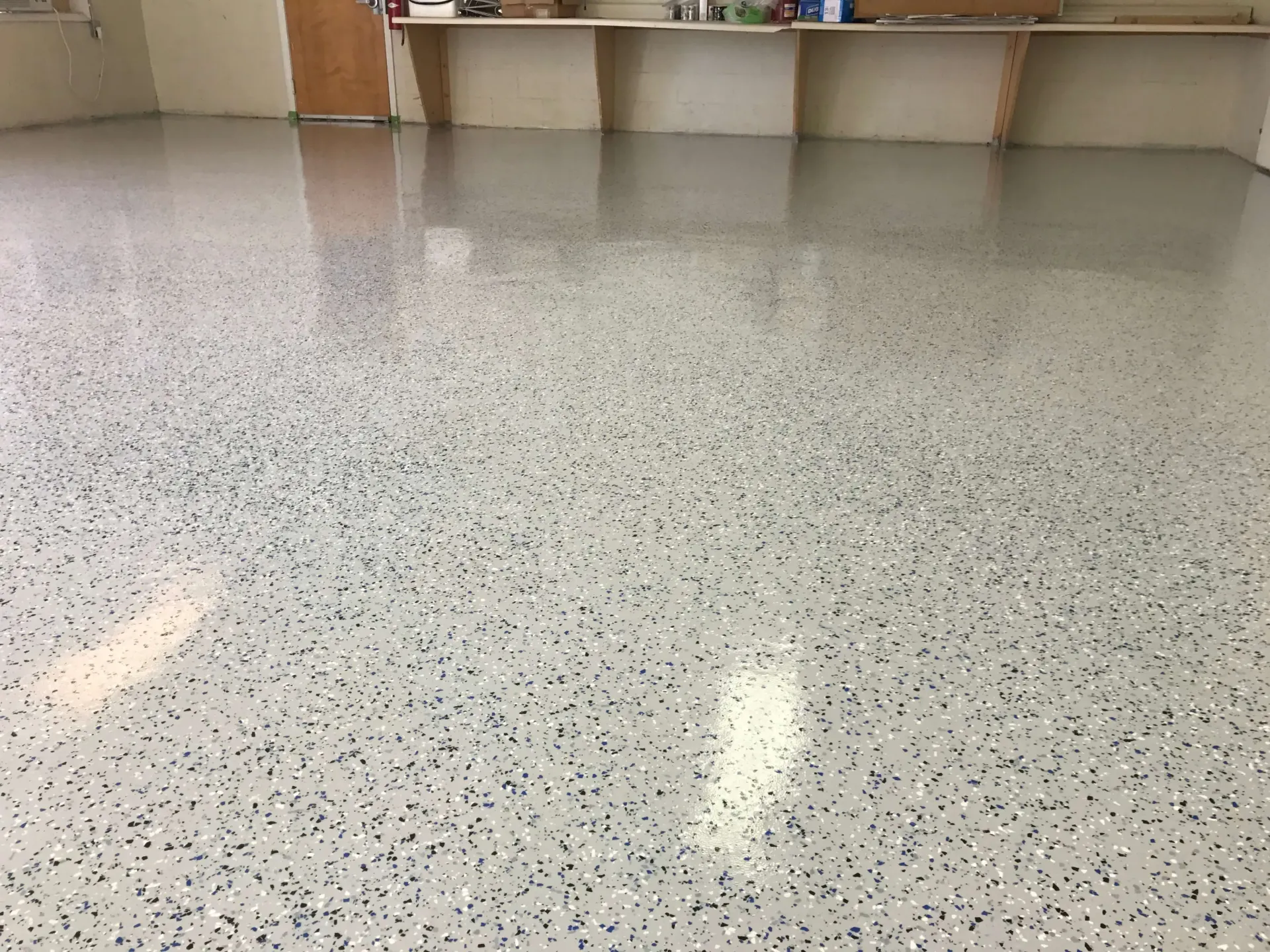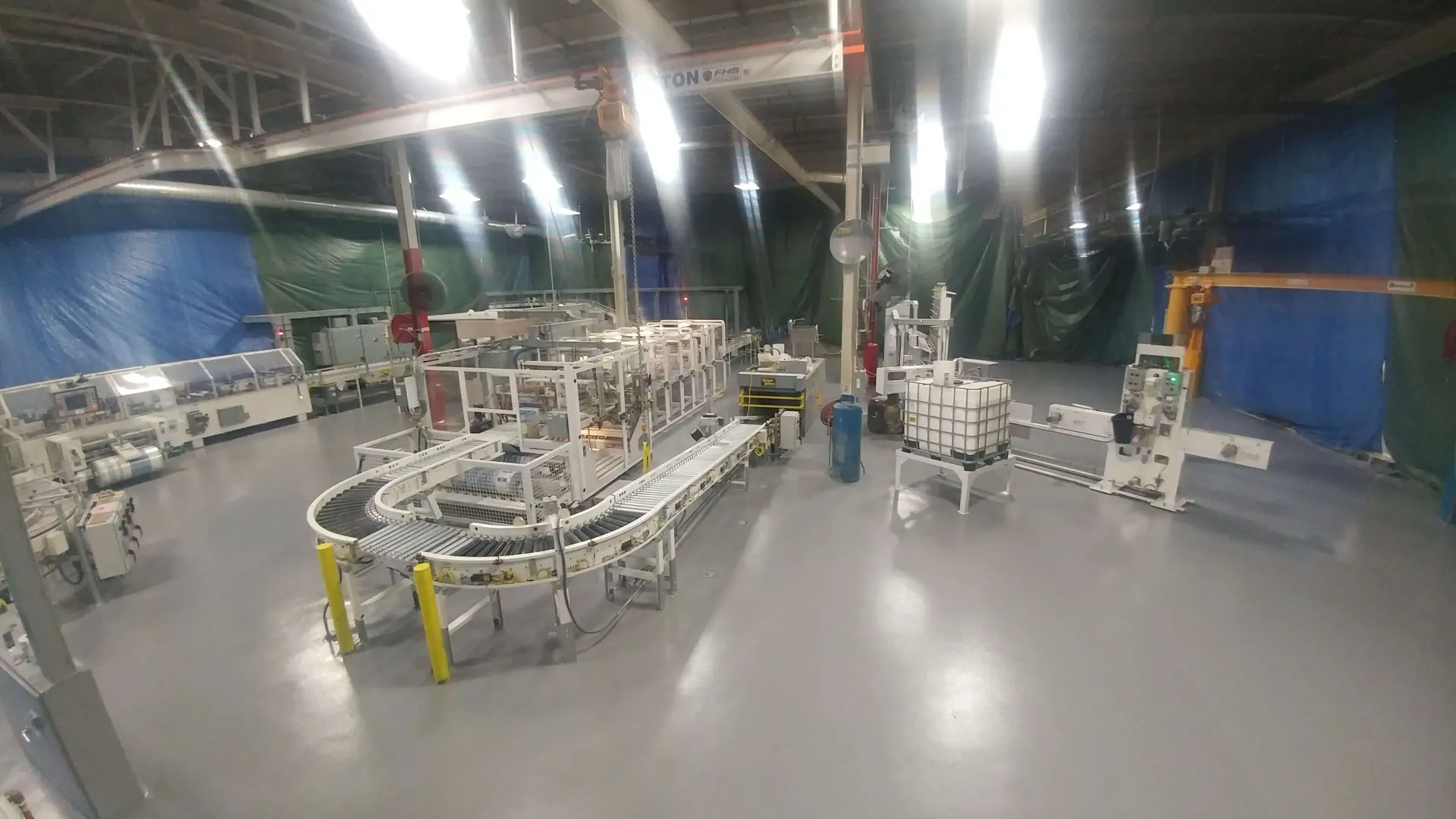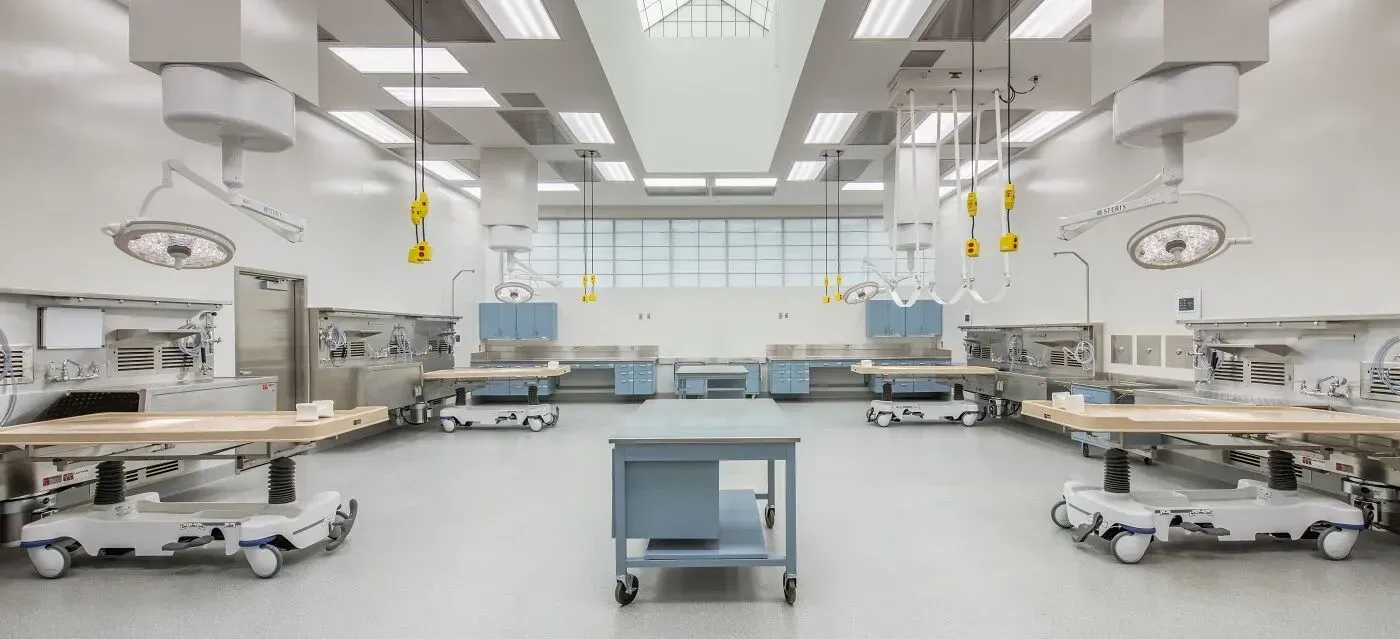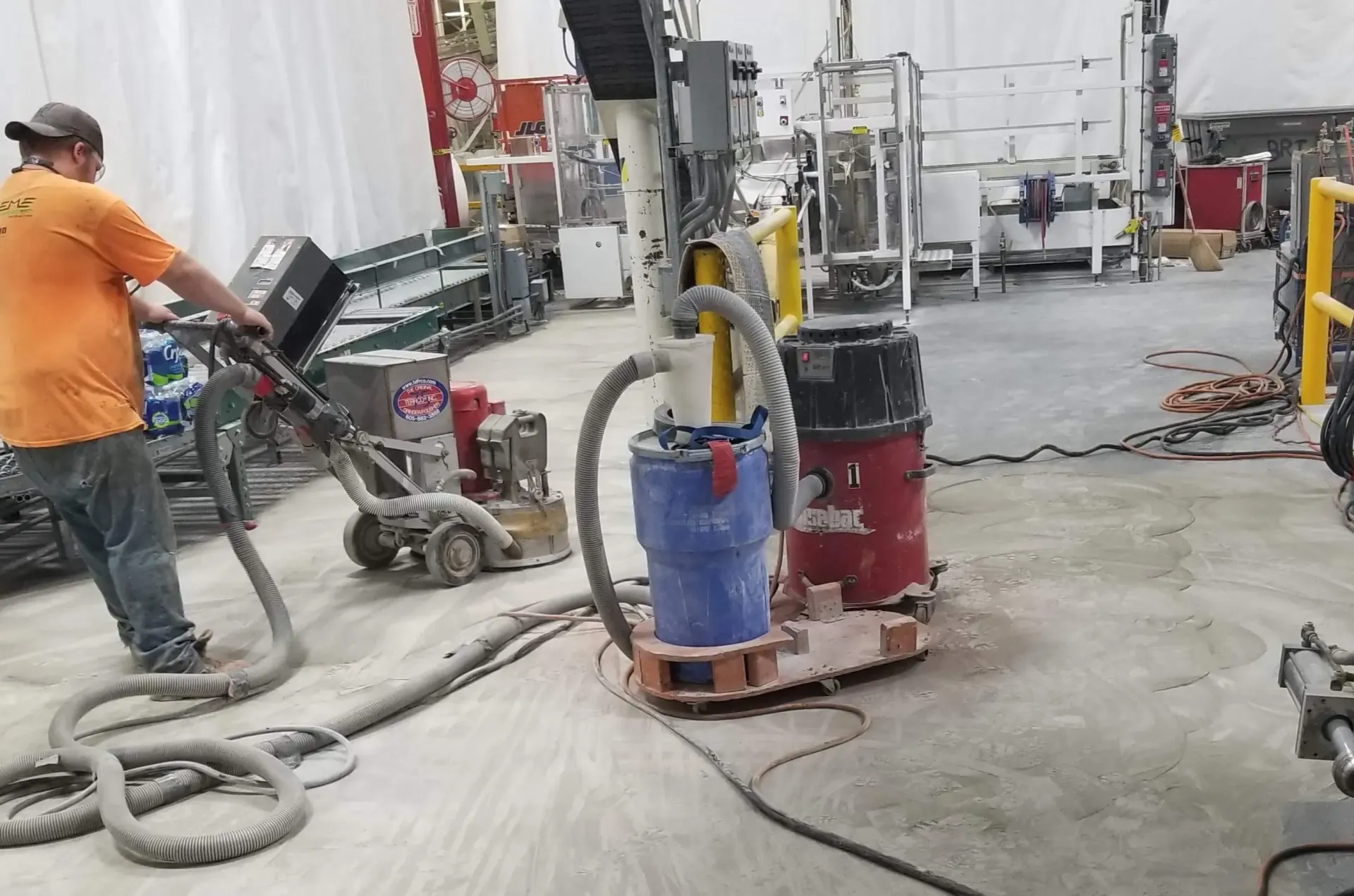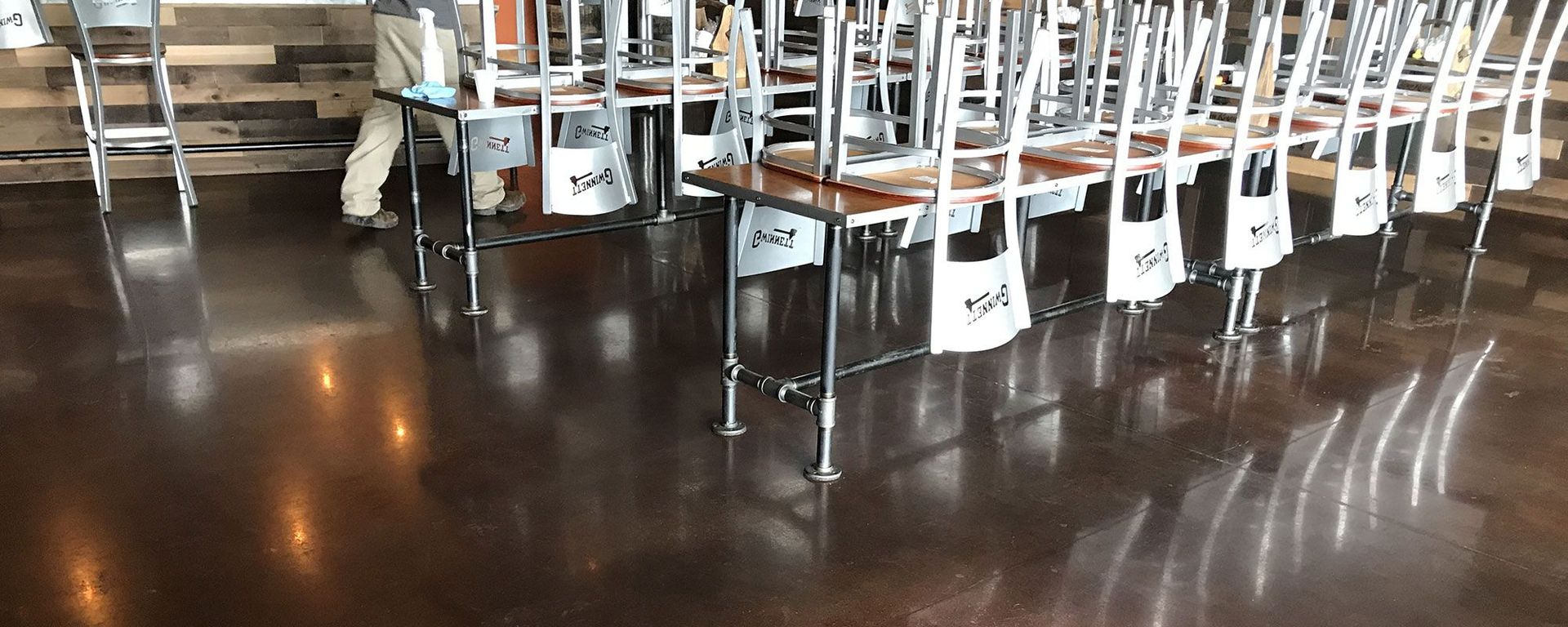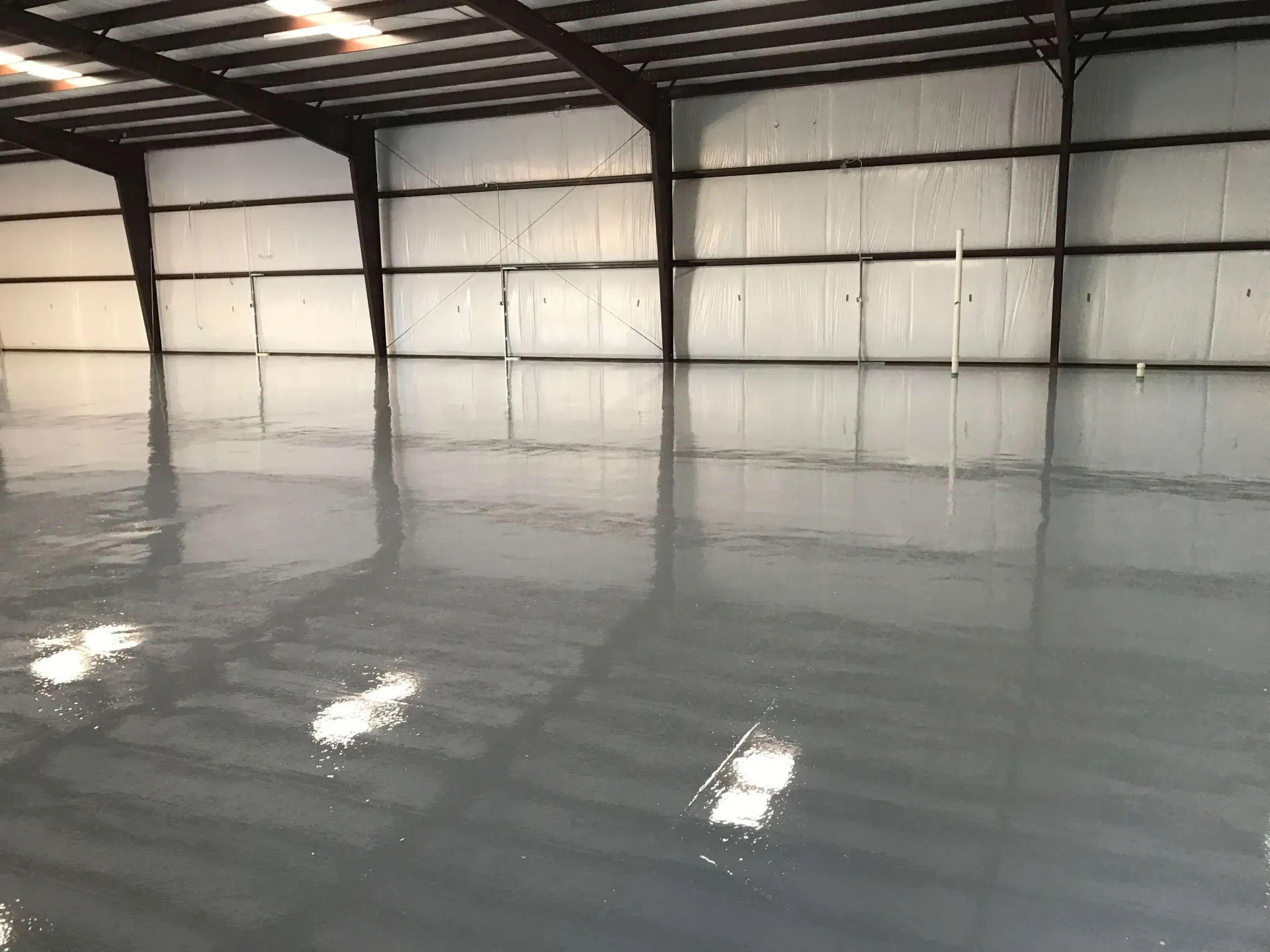The Future of Concrete Flooring in Modern Architecture
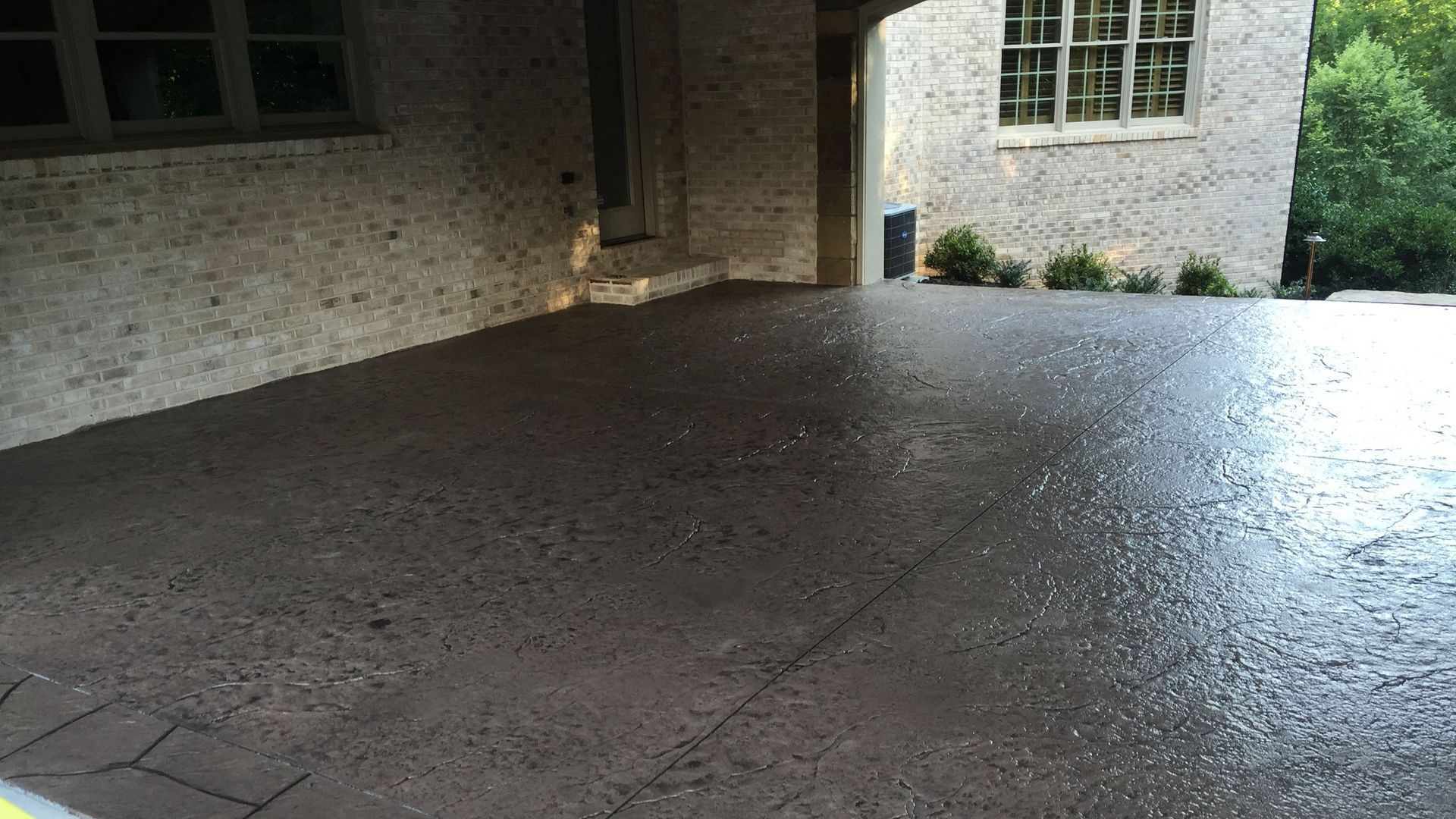
Concrete flooring has long been associated with durability and industrial performance—but in today’s evolving design world, it’s becoming much more than just a practical surface. Architects, designers, and facility managers are now turning to concrete for its sleek aesthetic, sustainability benefits, and long-term value.
From commercial showrooms to cutting-edge office spaces, the future of concrete flooring is here—and it’s redefining modern architecture. Below, we explore the driving forces behind this transformation and why concrete is becoming the go-to material in contemporary design.
Concrete as a Design Element, Not Just a Substrate
Concrete has moved out from behind the walls and under the floors to become a bold design choice. With the right finish, it can be smooth and polished, matte and industrial, or even enhanced with decorative colors, patterns, or embedded textures.
Polished concrete, stained overlays, and exposed aggregate options allow for a wide variety of styles while maintaining strength and durability.
Why it matters: Designers are embracing concrete for its minimalistic, modern aesthetic and its ability to reflect natural light—making spaces feel larger, brighter, and more refined.
Sustainable and Environmentally Friendly
Sustainability is at the forefront of architectural planning, and concrete flooring is playing a key role in green building initiatives. By using the building’s existing slab and applying low-VOC coatings or finishes, architects reduce the need for added materials—cutting both waste and emissions.
Concrete also offers excellent thermal mass, helping regulate indoor temperatures and reduce energy consumption in climate-controlled environments.
Did You Know? Polished concrete can contribute to LEED points for energy efficiency, indoor air quality, and recycled material use.
Durable and Low-Maintenance for High-Traffic Spaces
installation and finishing, a concrete floor can last decades—even under heavy foot traffic, machinery, or repeated cleaning.
That’s why it’s increasingly favored in places like:
- Retail stores
- Commercial lobbies
- Public venues
- Airports and educational facilities
Pro Tip: When paired with sealers or resinous coatings, concrete becomes stain-resistant, chemical-resistant, and even slip-resistant—further extending its life and reducing maintenance costs.
Compatible with Modern Building Systems
Today’s concrete floors are more adaptable than ever. Architects are integrating them with radiant heat systems, moisture mitigation barriers, and insulation technologies to meet complex building demands.
At Extreme IFC, we install high-performance systems that work in tandem with:
- Radiant heating for enhanced comfort
- Conductive coatings for electronics environments
- Insulation layers for sound dampening and thermal regulation
Why it matters: Modern buildings require materials that do more than look good—they must perform efficiently and safely in a variety of conditions.
Supporting Flexible, Open-Plan Layouts
As architecture leans toward open, flexible spaces with fewer dividing walls, flooring must play a larger visual and functional role. Concrete delivers a continuous surface that supports zoning, traffic flow, and even branding when designed correctly.
Colored coatings, saw-cut patterns, and embedded logos help delineate space without breaking up the visual flow.
Did You Know? Open-plan offices and collaborative workspaces often use polished concrete to reflect lighting and enhance spatial perception.
Benefits of Modern Concrete Flooring
Concrete isn’t just a practical choice—it’s a future-focused investment in both form and function. Key benefits include:
- Long-term durability under heavy use
- Low maintenance requirements
- Sustainable material that supports green initiatives
- Modern, clean aesthetic for any space
- Versatile finish and performance customization
FAQs About Concrete in Modern Architecture
Is concrete too industrial-looking for office or retail spaces?
Not anymore. With modern polishing techniques, decorative stains, and coatings, concrete can be customized to match high-end design trends.
How does concrete compare to other flooring materials in cost over time?
While initial installation may be comparable to tile or vinyl, concrete's low maintenance and long lifespan make it more cost-effective in the long run.
Can old concrete be updated to match modern design styles?
Yes. Existing concrete slabs can be resurfaced, polished, stained, or coated to match current aesthetics and performance requirements.
Building for the Future? Start with the Floor.
As architecture continues to evolve, the materials used in today’s spaces must balance innovation, performance, and visual impact. Concrete flooring does all three—and it’s why designers and facility owners are embracing it now more than ever.
At Extreme IFC, we specialize in transforming concrete into sleek, high-performance surfaces tailored to your facility’s needs. Whether you’re constructing a new commercial space or renovating an existing one, our expert team is ready to help you bring your vision to life—starting from the ground up.
Contact us today to learn how modern commercial concrete flooring can support your next architectural project.

